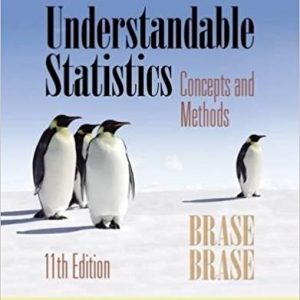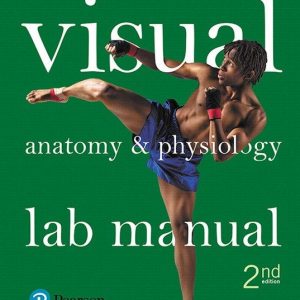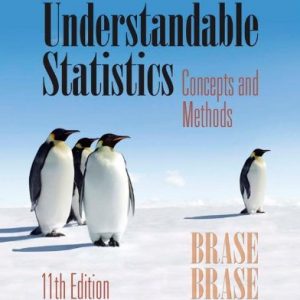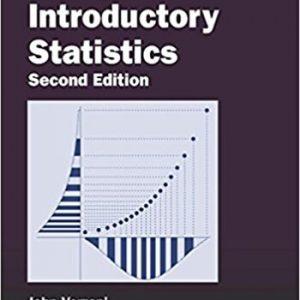Solutions Manual to accompany Quantum Mechanics: An Accessible Introduction 9780805387162

Product details:
- ISBN-10 : 0805387161
- ISBN-13 : 978-0805387162
- Author: Robert Scherrer
Robert Scherrer’s text provides a uniquely accessible and thorough introduction to quantum mechanics for readers. Scherrer carefully develops a solid foundation by recapping on the required math and other basic concepts before developing all the major more advanced topics.The Origins of Quantum Mechanics, The Problem with Blackbody Radiation, Math Interlude A: Complex Numbers and Linear Operators, The Schrödinger Equation, One-Dimensional Time-Independent, Math Interlude B: Linear Algebra, The Three-Dimensional Time-Independent, Math Interlude C: Matrices, Dirac Notation, and the Dirac Delta Function, Spin Angular Momentum, Time-Independent Perturbation Theory, The Variational Principle, Time-Dependent Perturbation Theory, Scattering Theory, The Multiparticle Schrödinger Equation, Some Modern Applications of Quantum Mechanics, What Comes Next? Relativistic Quantum Mechanics
Table contents:
1. The Origins of Quantum Mechanics 1.1 Introduction 1.2 Blackbody Radiation The Problem with Blackbody Radiation 1.3 The Nature of Light The Photoelectric Effect The Compton Effect Is it a Particle or a Wave? 1.4 TheWave Nature of Matter 1.5 The Bohr Atom 1.6 Where do we Stand? 2. Math Interlude A: Complex Numbers and Linear Operators 2.1 Complex Numbers 2.2 Operators Definition of an Operator Eigenfunctions and Eigenvalues 3. The Schrdinger Equation 3.1 Derivation of the Schrdinger Equation 3.2 The Meaning of theWave Function 3.3 The Time-Independent Schrdinger Equation Derivation of the Time-Independent Schrdinger Equation Qualitative Solutions and the Origin of Quantization 4. One-Dimensional Time-Independent Schrdinger Equation 4.1 Unbound States: Scattering and Tunneling Scattering From Step-Function Potentials 4.2 Bound Systems The Infinite SquareWell The Harmonic Oscillator Potential 5. Math Interlude B: Linear Algebra 5.1 Properties of Linear Operators 5.2 Vector Spaces Inner Products Adjoint and Hermitian Operators Basis Sets 6. The Three-Dimensional Time-Independent Schrdinger Equation 6.1 Solution in Rectangular Coordinates 6.2 Angular Momentum 6.3 The Schrdinger Equation in Spherical Coordinates 6.4 The Hydrogen Atom 7. Math Interlude C: Matrices, Dirac Notation, and the Dirac Delta Function 7.1 The Matrix Formulation of Linear Operators 7.2 Dirac Notation 7.3 The Dirac Delta Function 8. Spin Angular Momentum 8.1 Spin Operators 8.2 Evidence for Spin 8.3 Adding Angular Momentum 8.4 The Matrix Representation of Spin 8.5 The Stern-Gerlach Experiment 8.6 Spin Precession 8.7 Spin Systems with Two Particles Noninteracting Spins Interacting Spins 8.8 Measurement Theory Hidden Variables The ManyWorlds Interpretation of Quantum Mechanics 9. Time-Independent Perturbation Theory 9.1 Derivation of Time-Independent Perturbation Theory 9.2 Perturbations to the Atomic Energy Levels Fine Structure The Lamb Shift 9.3 The Atom in External Electric or Magnetic Fields The Atom in an Electric Field: The Stark Effect The Atom in a Magnetic Field: The Zeeman Effect 10. The Variational Principle 10.1 Variational Principle: Theory 10.2 Variational Principle: Application to the Helium Atom 11. Time-Dependent Perturbation Theory 11.1 Derivation of Time-Dependent Perturbation Theory 11.2 Application: Selection Rules for Electromagnetic Radiation 12. Scattering Theory 12.1 Definition of the Cross Section 12.2 The Born Approximation 12.3 PartialWaves 13. The Multiparticle Schrdinger Equation 13.1 Wave Function for Identical Particles 13.2 Multielectron Atoms 14. Some Modern Applications of Quantum Mechanics 14.1 Magnetic Resonance Imaging 14.2 Quantum Computing 15. What Comes Next? Relativistic Quantum Mechanics 15.1 The Klein-Gordon Equation Derivation of the Klein-Gordon Equation Probability Densities and Currents 15.2 The Dirac Equation Answers and Hints for Selected End-of-Chapter Exercises Index
People also search:
quantum mechanics an accessible introduction pdf
quantum mechanics an accessible introduction
quantum mechanics in simple words
|
what is quantum mechanics in physics |





